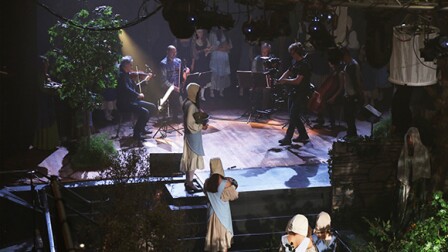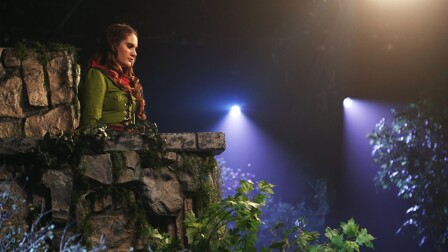Back to Show
Artbound
The Evolution of Low-Income Housing in L.A.
The phrases "public housing" or "low-income housing" do not generally conjure thoughts of architectural innovation. Instead, one may envision rows of faded pastel cubes surrounded by dead lawns and tall fences, or looming concrete towers gridded with small windows. Both schemes are typically weighted with a grim institutional air, appear to have been built as cheaply as possible, and often address only one problem, shelter, amid many others.
But it doesn't have to be that way, as several recent housing developments in Los Angeles prove. Instead, they pose the question: What if low-income housing was perceived as leading the vanguard of innovative, responsive architecture?
Support Provided By
Season

57:03
The life of the visionary musician, dancer and activist Nobuko Miyamoto.

56:38
Brockman Gallery was the center of a community of Black artists in L.A. from 1967-1990.

56:33
West Coast Modernism took hold in post-WWII with the “Case Study Houses” program.

56:59
NASA’s Jet Propulsion Laboratory transforms science into awe-inspiring creative projects.

57:08
Follow Cheech Marin's journey from comedy icon to Chicano art advocate.

56:43
Chronicling the 58-year history of the longest running theatre of color in the U.S.

55:51
Angel City Press has been shaping and influencing public understanding of LA for decades.

56:39
Artists-In-Residence programs provide artists opportunities to create uninterrupted work.

56:40
Following the Watts Uprising, UCLA increased film program enrollment of students of color.

56:43
David Alfaro Siqueiros created Olvera Street’s popular mural with an innovative technique.

56:43
Two Chinese restaurants became the unlikely epicenter of L.A.’s burgeoning punk scene.

56:17
Rubén Ortiz-Torres explores his past and present in an uncertain socio-economic future.










